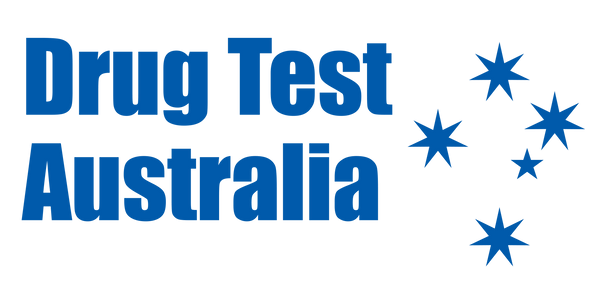Why Safety Professionals Should Prioritise Testing Programs
Share
Building a Safe and Compliant Workplace: The Role of Drug and Alcohol Testing
As a Health and Safety Manager, maintaining a safe and compliant workplace is your number one priority. One area that continues to carry significant risk, especially in high-risk or regulated industries, is the presence of drugs or alcohol in the workplace. That is where a structured and legally compliant drug and alcohol testing program becomes a powerful tool in your safety strategy.
1. The Role of Testing in Risk Reduction
Testing is not just about detection, it is about prevention. By having a clearly communicated and consistently applied testing policy, you are setting a cultural standard. It acts as both a deterrent and a mechanism for early intervention.
- Reduced incidents: Substance use is directly linked to higher workplace accidents and injuries.
- Lower absenteeism: Employees impaired by drugs or alcohol are more likely to be absent or underperform.
- Improved morale: Workers feel safer knowing risks are being managed fairly and proactively.
2. Understanding the Testing Process
Types of Testing Commonly Used:
- Pre-employment: Prevents potential risks before hiring.
- Random testing: Maintains ongoing compliance in safety-sensitive roles.
- Post-incident: Assists in determining contributing factors after accidents.
- Reasonable suspicion: Allows you to act on observed signs of impairment.
- Return-to-work and follow-up: Monitors rehabilitation or compliance.
Common Methods:
- Urine testing (AS/NZS 4308:2023): Broad detection of drugs with laboratory-confirmed accuracy.
- Saliva testing (AS/NZS 4760:2019): Effective for recent use and ideal for on-the-spot screening.
- Breath alcohol testing: Provides instant results, essential for safety-critical environments.
3. Staying Legally Compliant
As standards evolve, your processes must evolve too. The AS/NZS 4308:2023 standard introduces lower cut-off thresholds and new reporting expectations, leading to more accurate, sensitive results and stricter procedural requirements. Ensuring your provider is compliant with the latest standard is essential to defend any policy legally.
Also critical:
- Informed consent: Employees must understand what is being tested and why.
- Privacy handling: Ensure results are stored securely and only shared on a need-to-know basis.
- Device integrity: Use testing kits that are verified for laboratory use and centrally QC-checked.
4. Beyond Testing: A Supportive Safety Culture
When testing identifies a potential issue, how you respond matters. Consider the following:
- Clear support or rehabilitation pathways.
- Non-punitive approaches for first-time or self-disclosed cases.
- Confidential discussions led by trained People and Culture or wellbeing staff.
As a safety leader, you are not just enforcing rules, you are shaping a culture where safety and wellbeing work hand in hand.
5. Choosing the Right Partner
Select a testing provider that understands your legal obligations and operational pressures. Look for:
- Full compliance with current Australian Standards.
- Experience in your specific industry or risk profile.
- Support for both onsite and laboratory-based testing.
- Clear, accurate result interpretation and reporting systems.
Empower your safety program with a compliant, compassionate, and strategic approach to drug and alcohol testing. Your workforce depends on it, and so does your duty of care.
For complete compliance and convenience, partner with our Onsite Drug and Alcohol Testing Services, delivered by NATA-accredited technicians using verified collection devices that meet the latest AS/NZS standards.
